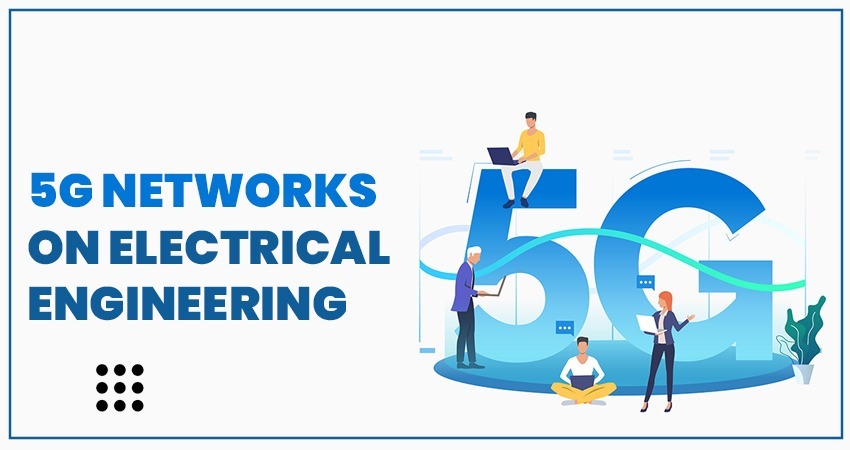User Ideas / Prospects
 An Environmental Data Analyst
An Environmental Data Analyst
Environmental challenges are more pressing than ever. As climate change, pollution, and resource depletion increase, so does the need for specialists who can interpret and analyse environmental data. If you are looking for a career offering both a passion for the environment combined with data, the role of an environmental data analyst is for you.
What Does the Environmental Data Analyst Do?An environmental data analyst collects and processes environmental data. Their focus is on data about air quality, water resources, climate trends, and ecosystem health. They provide the sound data that allow governments, businesses, and organisations to make informed decisions to save the planet.
Phase 1: Obtain The Necessary EducationIt all starts with a solid educational background. A bachelor’s degree in environmental science, data science, geography, or a related field is required. Some professionals study environmental statistics, computer science, or engineering, too.
A master’s degree in environmental data science or a master’s in geographic information systems (GIS) would serve to further your career prospects. It gives you an advantage to take up specialised roles.
Step 2: Sharpen the Necessary SkillsAn environmental data analyst requires a combination of technical and analytical abilities. Here are some key ones:
● Data Analysis & Statistics
Data may be essential. Learn how to apply statistical techniques and software (R, Python, and MATLAB) to environmental datasets.
● You are a learner in GIS 101.
Geospatial analysis software such as ArcGIS and QGIS allows us to visualize environmental changes over time. GIS is also a widely used technology nowadays.
● Programming & Automation
Working with large datasets requires Python and SQL expertise. Data collection automation saves time and is more efficient.
● Environmental Science Background
Educating ourselves about ecosystems, pollution, and climate science leads to more accurate data interpretation.
● Communication & Reporting
Just having data is futile if not displayed in a good manner. Understand how to present your findings through reports, dashboards, and visual presentations.
Step 3: Get Practical ExperienceEmployers most definitely prefer profiles with real-world experience. Here’s how to get it:
● Internships – Gain experience with research laboratories, environmental agencies, or private companies.
● Freelancing & Projects — Join some online platforms and choose smaller projects on data analysis.
● Volunteer Work– Many NGOs and conservation groups need help in data analysis.
● Personal projects – Work with publicly available datasets to improve your skills.
Engineer Heaven is a community which provides every kind of helpful content for the students and professionals to learn practically through the live projects in the industry.
Step 4: Building a Good PortfolioThe portfolio shows your skills. Include:
● Data visualization projects
● Environmental reports
● GIS mapping examples
● Statistical case studies for analysis
It really makes an impact when you are applying for a job.
Step 5: Follow The Talks and Forest WorksIt is the era of environmental data. Stay ahead by:
● To stay up to date, attend industry conferences and webinars.
● Connecting to LinkedIn groups and professional organisations
● Networking with Engineering professionals on Engineer's Heaven.
Step 6: Find the Right JobStart applying for jobs like in these industries:
● Climate research organizations climate research climate change
● Energy and utility companies
● Environmental consulting companies
● Nonprofit organizations
Conclusion
So, if you are to take a journey toward this career as an environmental data analyst, it would be a journey well worth taking. Linked in with the right education, skills, and experience to make real change in the planet. Check out Engineer’s Heaven for expert tips, helpful insights, and everything you need to get started.
(Disclaimer: This statistics could be different in different part of World and Different timeline. this statistics has been generated based on data available till 2025 or relavant time span.)

The advent of 5G networks is changing industries around the globe. The pace at which this revolution is happening doesn't spare electrical engineering. With quicker speed, lower latency, and greater connectivity, 5G will transform how electrical systems are designed, developed, and managed. It affects industries and individuals alike. Here, engineers are at the center of this revolution, solving new challenges and seizing unprecedented opportunities.
What Makes 5G Different?
5G is a fifth generation network. This is
significantly far superior than any predecessor. It operates nearly 100 times
faster than 4G. Latency or delay has come down to the order of just
milliseconds. Communication in real-time is what comes from it. More devices
connect simultaneously without a sense of congestion.
These features make 5G a network that
transcends the wireless mobile network. It is the base for smart cities,
autonomous cars, and the Internet of Things. Electrical Engineering, therefore,
contribute significantly to this innovation.
5G and Circuit Design
The high frequency of 5G signals requires
advanced circuit designs. Traditional circuits are not sufficient for these
frequencies. Electrical engineers must design high-speed circuits. They must
also ensure energy efficiency. These designs require precision and expertise.
Heat dissipation and electromagnetic
interference are challenges in 5G. Advanced materials, such as GaN, are used in
circuits to improve performance and durability. They are continuing to break
the records of electrical engineering.
Infrastructure
5G has the potential to form a very dense
network. It demands a lot of infrastructure. This is not feasible with
traditional cell towers. Small cells are necessary to address the gaps in the
network. Small cells include compact antennas installed on buildings, poles,
and even streetlights.
Electrical engineers design and deploy
these systems. They ensure smooth integration with existing infrastructure.
Power management is critical for these systems. Engineers develop innovative
power solutions for uninterrupted connectivity.
The Emergence of Smart Grids
5G networks enable smart grids. These are
advanced electrical grids with real-time data communication. Smart grids
monitor energy flow and optimize consumption. They can even predict outages and
respond instantly.
The grids will be designed by electrical
engineers. They design sensors and control systems. They also make it reliable
and scalable. With 5G, smart grids are more efficient and sustainable.
Impact on IoT Devices
5G accelerates the growth of IoT. IoT
devices, like smart thermostats and sensors, rely on constant communication. 5G
makes this possible with low latency and high bandwidth.
These devices' hardware gets designed by
electrical engineers. They have major concerns with miniaturization, energy
efficiency, and connectivity. Exponential in numbers will be the number of
devices as 5G unfolds. Solutions for engineers are to innovate in the future.
Automation and Robotics
5G networks support automation and
robotics. The connected robots can now be used in factories for the performance
of tasks in real-time. Autonomous vehicles use 5G for navigation and for
safety.
Control systems for such applications are
designed by electrical engineers. The systems have to be efficient and
accurate. It means that with 5G engineers can take automation to the next
level.
Challenges for Engineers
This is the case because the 5G
revolution is not without its fair share of challenges. Security threats are
something that has to be dealt with by engineers. While the networks expand, so
does the risk. Security engineers are required to design systems that will
safeguard data and devices.
Another is sustainability of the 5G
infrastructure: the latter requires energy. Designers have to develop work that
is energy efficient. The integration of renewable energy is the answer.
Last but not the least, there is a demand
for engineers with the skills. It is very important for engineers to remain
informed on the latest technologies and advances.
Chances in Electrical Engineering
The effect of 5G is bringing great
opportunities. Electrical engineers are much sought after in the industry.
Telecommunication, health care and manufacturing sectors have recruited
engineers for the 5G technology development Engineers also have the chance to
work in research and development section. They are coming up with future
technologies such as 6G and even beyond. In the case of young engineers, it is
an exciting period. Electrical engineering is dynamic in nature. Somebody has
to gain new knowledge and skills.
Remember, Engineer’s Heaven is the online community for passionate engineers which is undoubtedly one stop destination for all your queries. Here you will find all the resources you need to help you on your engineering endeavor. Featuring blogs, vidoes, questionnaires and tutorials to a forum and more, Engineer’s Heaven provides you with the information and resources you need to succeed in your chosen profession.
(Disclaimer: This statistics could be different in different part of World and Different timeline. this statistics has been generated based on data available till 2025 or relavant time span.)
